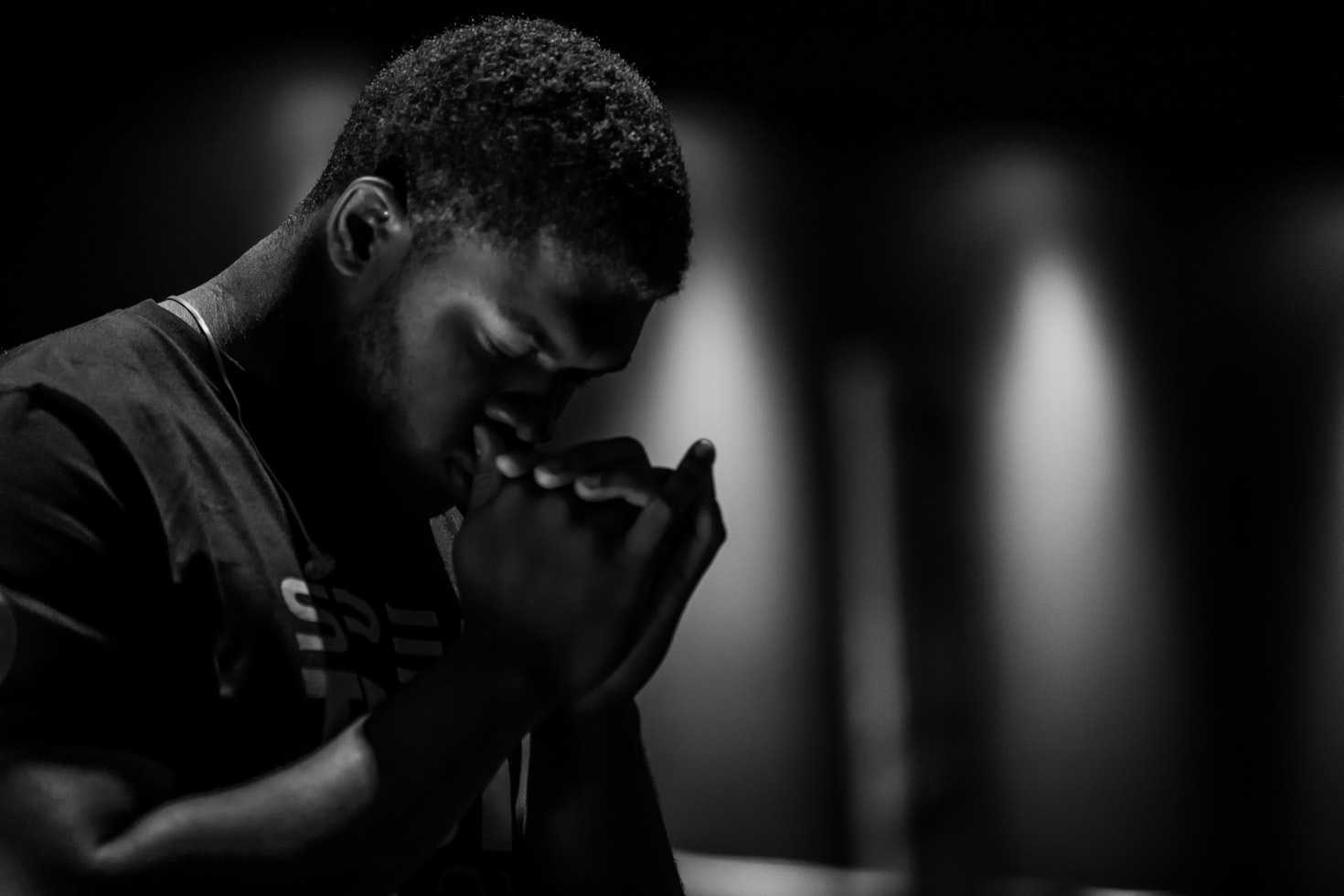Everyone has their own way of praying. Whenever we need to speak with and honor God, we are given the opportunity to do it in a very respectable and solemn way. Some of us practice this well enough to feel His presence regardless of any outside distractions that may take away our focus. Of course, no praying technique or method is ever too effective or otherwise; it is the thoughts and sincerity that matters, after all.
With that being said, one of the ways to set up a person’s mood in prayer is by adding accompanying music in their surroundings. While this may seem unconventional at first, remember that this has been the norm for many congregations that stemmed countless decades ago.
Whether someone is leading a prayer or everyone’s having their own solemn reflections with God, they can still feel the peaceful serenity of their devotion through the soft hums and tunes of their accompanying music. The thing is, there are certain considerations when using music for this type of spiritual activity.
Despite the good intention, it may still end up distracting the devotees; thus, certain factors are always put into place to ensure that such incidents never happen. Below are just a few tips in balancing out music added during a prayer.
1. Adjust the Volume of the Music Whenever the Lead Prayer Speaks
This is one of the most practical ways of balancing out the music during prayers. Sometimes, the congregation may assign someone to lead, allowing you to control the music based on their active roles. Whenever they have to speak out a certain part of their prayers, you must decrease the volume of the tune. This gives way for the other attendants’ chorus and allows all to hear the holy words in unison.
This will also prevent the music from drowning out the prayer leader. Feel free to increase it again slightly once they are finished.
2. Pick a Music That Matches the Solemnity of the Prayer
This simply means that fast-paced music is readily out of the question unless the congregation specifically requires it. In order to know what you need to play, you must coordinate with the prayer leads and congregation facilitators so your chosen music wouldn’t sound out of place.
Picking the wrong music may distract the other attendees who may just want a quiet and solemn moment with God.
3. Transition to the Next Song or Music Even If the Prayer Leader Hasn’t Finished Yet
It may seem awkward to move on to the next song even though the lead isn’t done with their spoken prayers yet; however, you may be able to do this subtly by lowering the volume, fading out the ending of one song, and fading in the next song in the prayer playlist.
While it may sound better to stop the music overall, this is a lot more noticeable and would make things more awkward as the attendants are closely listening to the prayer leader.
Conclusion
Balancing your music and the way that it is played during prayer will greatly help the attendants focus more on the solemn mood of the Holy gathering. Even if you are not playing an instrument and are just relying on a simple background tune, you will still need to pick the right tune and regulate the level of its volume. This is done so everyone will be able to concentrate away from any outside distractions.
Follow all of our tips above and help your fellow devotees have their peaceful moment with God and His glorious presence.
If you are looking for a great source of Christian instrumental worship music, look no further than our selections here at Prayer Pray. We are your top choice for a wide range of instrumentals, including violin music, cello music, piano music, harp music, among other things. Check out our other sections for more of our music selections.




